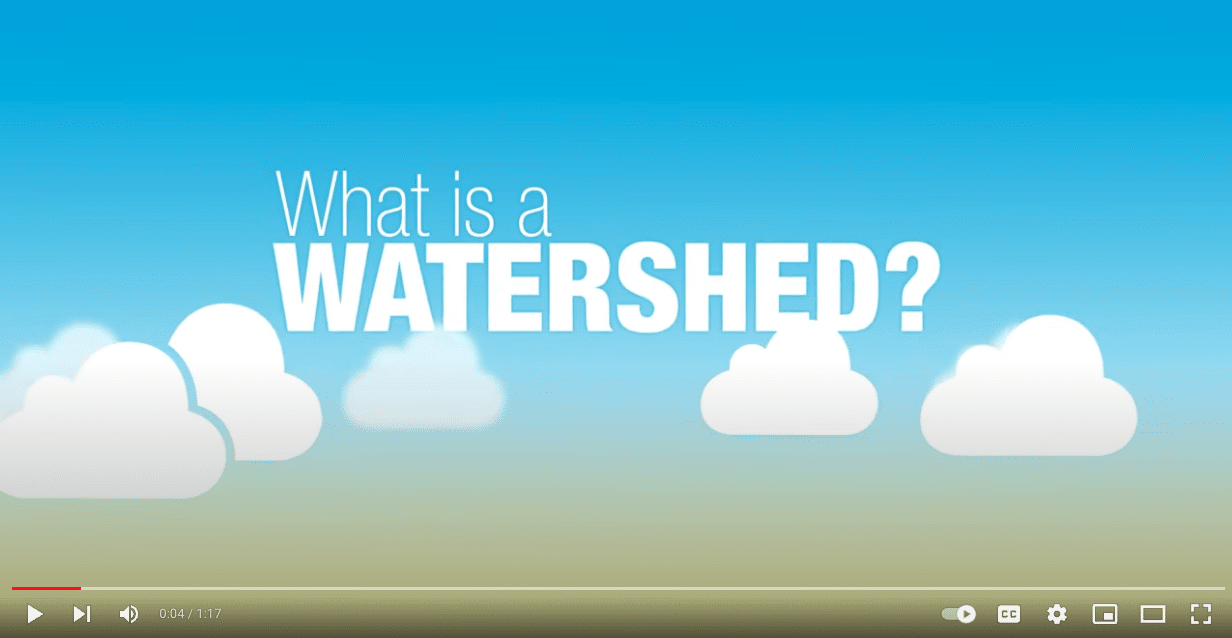question
Your Watershed
Before you can set out on a Quest to help the Hackensack River, you need to know what you are dealing with. The WATERSHED of a water body, in this case, the Hackensack River, is the land that surrounds and drains into that water body. So what happens on that land will have a direct effect on the health of the water.
Who and what uses the water in your watershed?
Use the Hudson County Counts - Census/ GIS maps to find out who lives in this community.
Start at the 2020 Census maps, and use the Municipal level population map to see how many people live in each area of Hudson county.
What kinds of plants and animals live in your watershed?
- Make a list of all the plants and animals you are aware of in your local area. Don’t forget the ones that live in the water!
- Compare your list with your classmates' lists to make a class list.
Who is responsible for the quality of my water?
Brainstorm all the possible answers to this question, then watch the videos linked below. Then take a look at your list and make any changes if necessary.
What You've Learned
Make a chart in your notebook - KWD:
- What do I already KNOW about the Hackensack River Watershed and the waterways within it? Include past learning and new learning here.
- What do I still WANT to find out so I can better understand the problems facing the Hackensack River Watershed? What new or existing questions do you have?
- What could I DO about the problems I discover? Write down ANY idea that comes to you - nothing is too big or too small at this point.
For each section write as much as you can. Don’t worry if you don’t know the answers - this is YOUR chart to keep up with YOUR learning.
